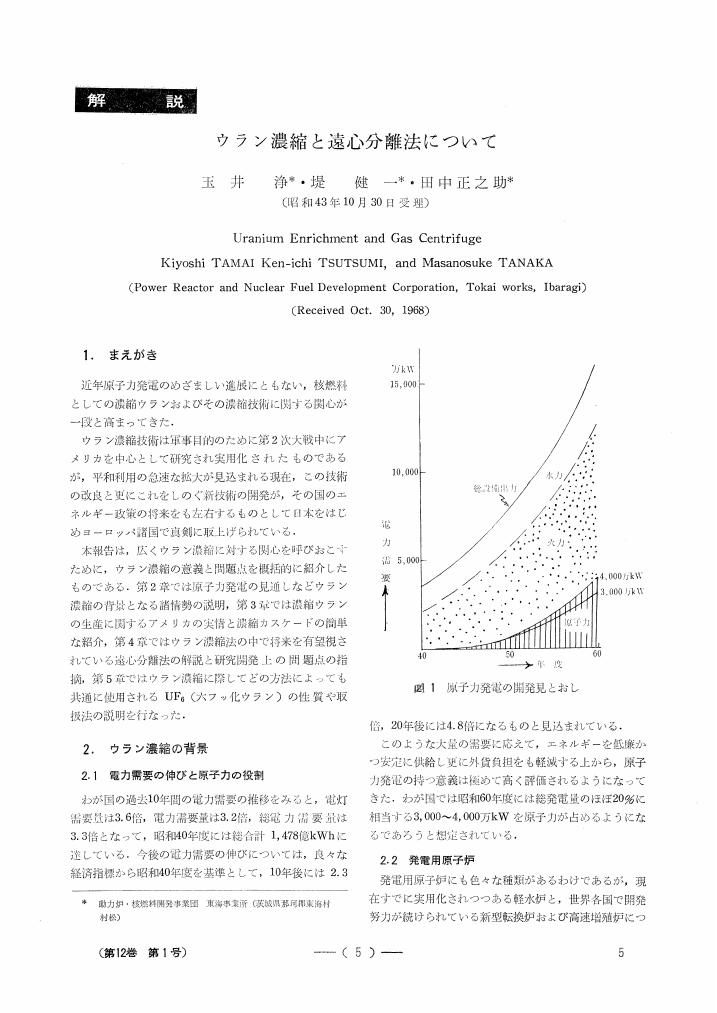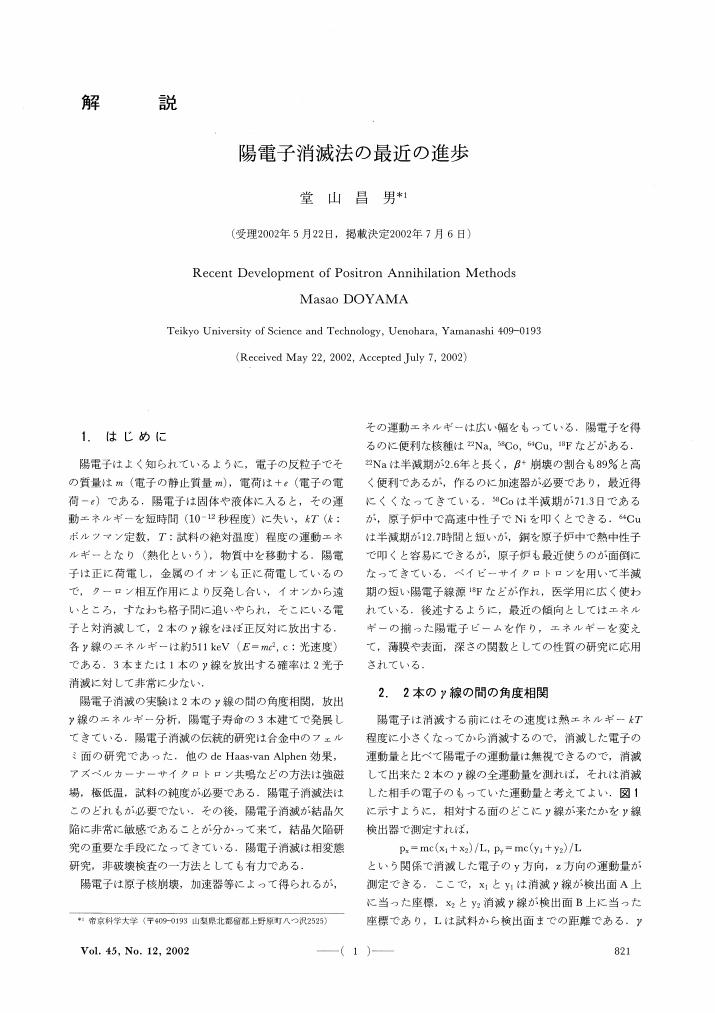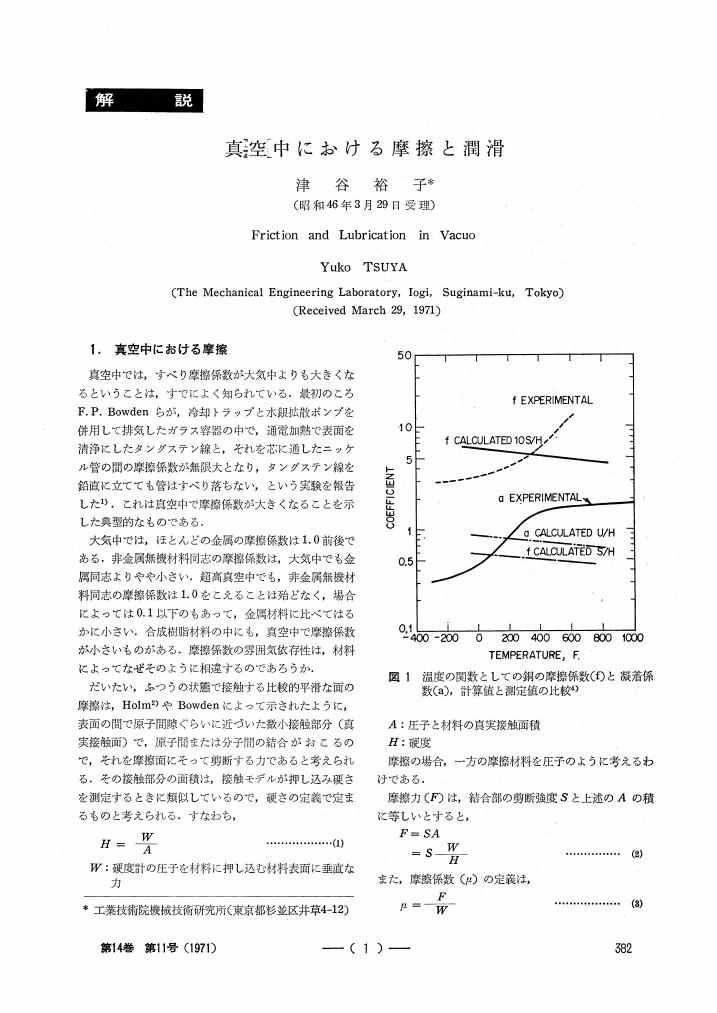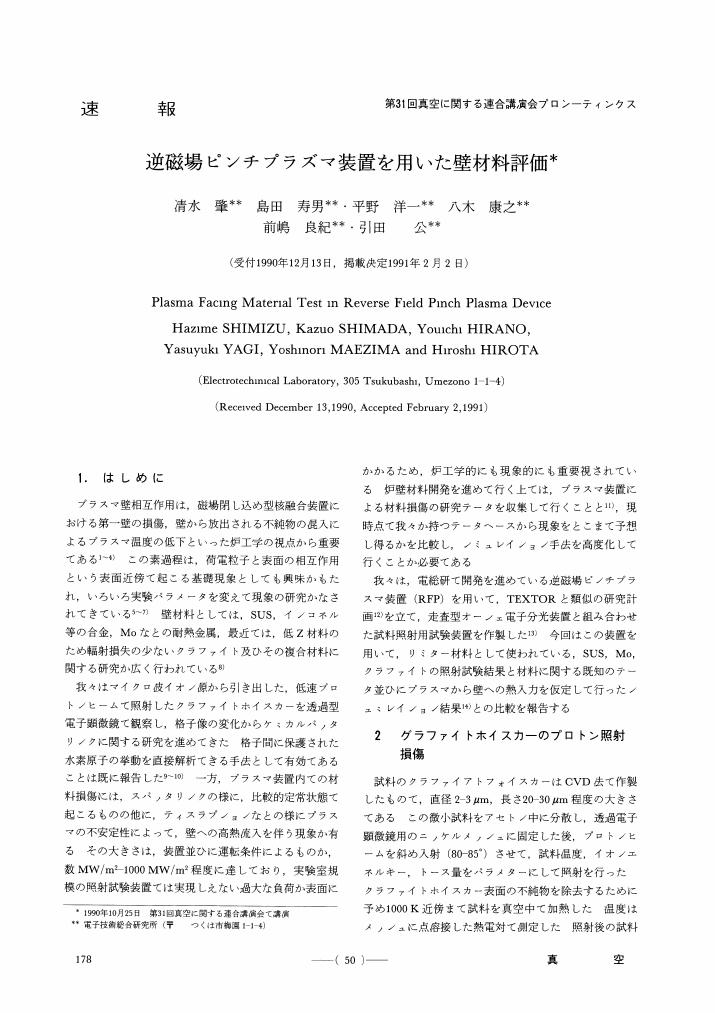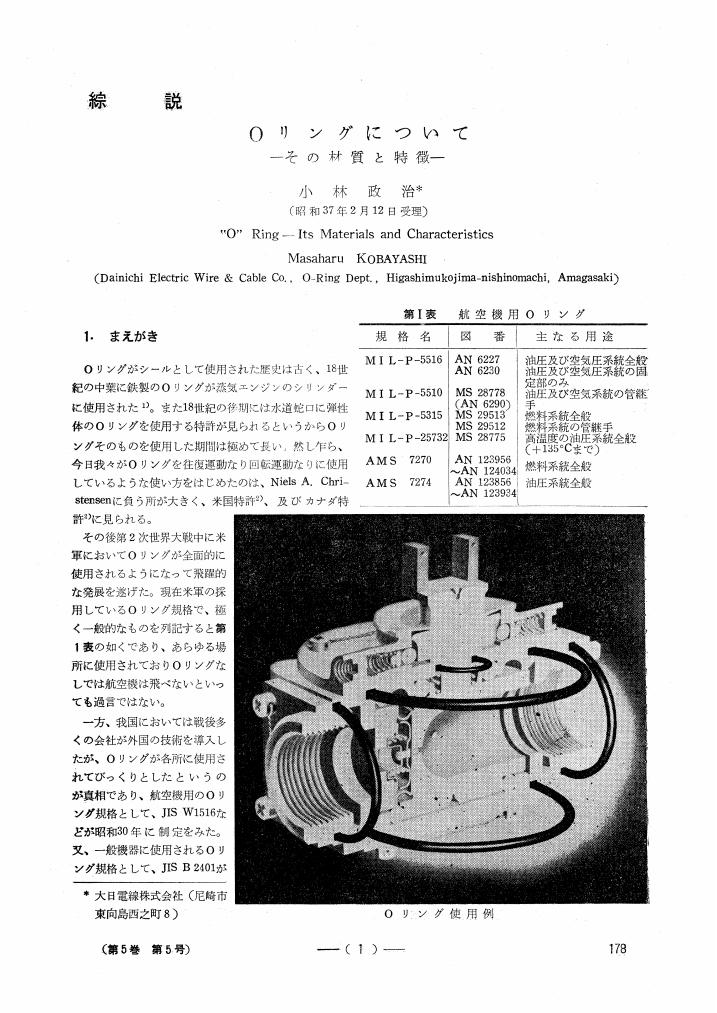5 0 0 0 OA 含ベリリウム物質の安全な取扱い
- 著者
- 椎野 秀一
- 出版者
- 日本真空協会
- 雑誌
- 真空 (ISSN:05598516)
- 巻号頁・発行日
- vol.42, no.11, pp.987-991, 1999-11-20 (Released:2009-10-20)
- 参考文献数
- 13
4 0 0 0 OA ウラン濃縮と遠心分離法について
1 0 0 0 OA 超音波はんだ付によるアルミニウムと異種金属との接合技術
1 0 0 0 OA 陽電子消滅法の最近の進歩
- 著者
- 堂山 昌男
- 出版者
- 日本真空協会
- 雑誌
- 真空 (ISSN:05598516)
- 巻号頁・発行日
- vol.45, no.12, pp.821-826, 2002-12-20 (Released:2009-10-20)
- 参考文献数
- 27
1 0 0 0 OA 低気圧SF6RF放電の周波数依存
1 0 0 0 OA 真空中における摩擦と潤滑
- 著者
- 津谷 裕子
- 出版者
- 日本真空協会
- 雑誌
- 真空 (ISSN:05598516)
- 巻号頁・発行日
- vol.14, no.11, pp.382-395, 1971-11-20 (Released:2009-09-29)
- 参考文献数
- 52
1 0 0 0 OA 逆磁場ピンチプラズマ装置を用いた壁材料評価
1 0 0 0 OA Oリングについて
- 著者
- 小林 政治
- 出版者
- 日本真空協会
- 雑誌
- 真空 (ISSN:05598516)
- 巻号頁・発行日
- vol.5, no.5, pp.178-184, 1962-05-20 (Released:2009-09-29)
- 参考文献数
- 13
1 0 0 0 OA 油拡散噴射ポンプ・スチームエゼクターポンプ水ヂェットポンプの連続する排気系について
- 著者
- 中川 洋 石島 三郎
- 出版者
- 日本真空協会
- 雑誌
- 真空 (ISSN:05598516)
- 巻号頁・発行日
- vol.3, no.10, pp.381-388, 1960-10-20 (Released:2009-09-29)
- 参考文献数
- 8
The conventional evacuating system : combination of oil diffusion pump, booster pump and mechanical rotary pump, has serious faults in the case of pumping the chemically unstable matter. For instance, in the degassing stage of the molecular distillation plant, the gas is composed of air, volatile matter, water vapor and mist of unstable compound. These components are decomposed or polymerized in a evacuating system, and damage the normal opperation of pumps, especially in oil rotary pump. This is caused by less circulation of oil, and moving parts would be damaged.To conquer this difficulty, we tried to select the new pump composion ; diffusion-booster, steam ejector and water jet. This system has not any moving parts, so we can avoid adove difficulty. The performances of these pumps are as follows : Diffusion booster : Pumping speed (800900 l/sec at 10-310-2 mmHg) Critial back pressure (57mmHg) Steam ejector : Pumping speed (20 l/sec at 1 mmHg), Back pressure (40 mmHg) Water jet : Pumping speed (0. 95 l/sec at 5 mmHg), Back pressure (atmosphere).The overall performance shows very satisfactory result, and this system is now under continious operation for over a year.
1 0 0 0 OA 表面系の Rashba 効果
- 著者
- 有賀 哲也 八田 振一郎
- 出版者
- 日本真空協会
- 雑誌
- Journal of the Vacuum Society of Japan (ISSN:18822398)
- 巻号頁・発行日
- vol.52, no.11, pp.577-581, 2009
- 被引用文献数
- 3
Recent studies on the Rashba effect on surfaces are reviewed. The Rashba effect refers to the k-dependent spin splitting of valence bands due to spin-orbit coupling in two-dimensional systems under out-of-plane electric field. After the physical mechanism of the Rashba effect is briefed, experimental and theoretical studies since the surface Rashba effect was first demonstrated for Au(111) in 1996 are surveyed with an emphasis placed on the microscopic origin of the giant Rashba spin splitting on surfaces covered with monolayer films of heavier elements. Most recently, giant Rashba spin splitting was realized on the surface of semiconductors, which serves a possibility of spintronic application of the surface Rashba effect.

